Concept
Alternate Profiles
Different views and formats:
Alternate Profiles ?Profiles (alternative information views) encoded in various Media Types (HTML, text, RDF, JSON etc.) are available for this resource.
- Preferred Labelskos:prefLabel
OGC Indoor Mapping and Navigation Pilot Engineering Report
- URI
- http://www.opengis.net/def/docs/18-089 ↗Go to the persistent identifier link
- Within Vocab
- OGC Documents
| Definitionskos:definition | The OGC Indoor Mapping and Navigation Pilot Initiative was sponsored by the National Institute of Standards and Technology (NIST) Public Safety Communications Research (PSCR) Division. This initiative addressed key challenges related to indoor mapping and navigation for the purpose of supporting first responders in fields such as fire-fighting. The focus of this initiative was on developing the capabilities and workflows required for pre-planning operations. This included scanning each building to produce a point cloud dataset and converting this source data into various intermediate forms to support the generation of indoor navigation routes. This Engineering Report (ER) describes the work conducted in this initiative, the lessons learned captured by participants, and future recommendations to support the public safety efforts and interoperability of the standards. It is expected that future OGC initiatives will address the real-time, event-driven aspects of indoor mapping and navigation for first response situations. First responders typically survey high-risk facilities in their jurisdiction at least once per year as part of a pre-planning process. Pre-planning outputs are often in the form of reports, and first responders may generate their own hand-drawn maps during the process or annotate available floor plans (e.g., from computer-aided design models). Pre-planning is time-consuming, inefficient, and inherently complex considering the information and level of detail that should or could be captured, the lack of automation, and the difficulty identifying notable changes to facilities and infrastructure during successive pre-planning surveys. Mobile three-dimensional (3D) Light Detection and Ranging (LiDAR) has been identified as a potentially transformational technology for first responders. Using LiDAR and 360-degree camera imagery, coupled with advanced software processing, first responders could efficiently capture 3D point clouds and a wealth of other information, both observed and derived, while walking through buildings as part of routine pre-planning operations. The use of 3D LiDAR and imagery has many potential upsides beyond just creating point clouds for visualization and mapping (e.g., use in localization, object classification, integration with virtual/augmented reality solutions, change detection, etc.). |
|---|---|
| Broaderbroader | Public Engineering Report |
| http://purl.org/dc/terms/createdcreated | 2019-10-23 |
| Creatorcreator | Charles Chen |
| hasProfilehasProfile | http://www.opengis.net/def/docs/18-089?_profile=conceptscheme |
| seeAlsoseeAlso | http://www.opengis.net/def/docs/18-089?_profile=alt |
| https://docs.ogc.org/per/18-089.html | |
| Status of item in register or collectionstatus | valid |
| Notationnotation | 18-089 |
| Alternative LabelaltLabel | 18-089 |
| Indoor Mapping and Navigation Pilot Engineering Report | |
| OGC document typedoctype | Public Engineering Report |
